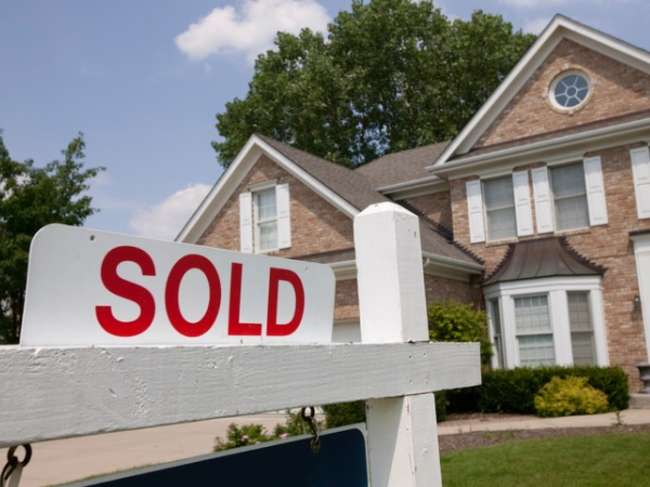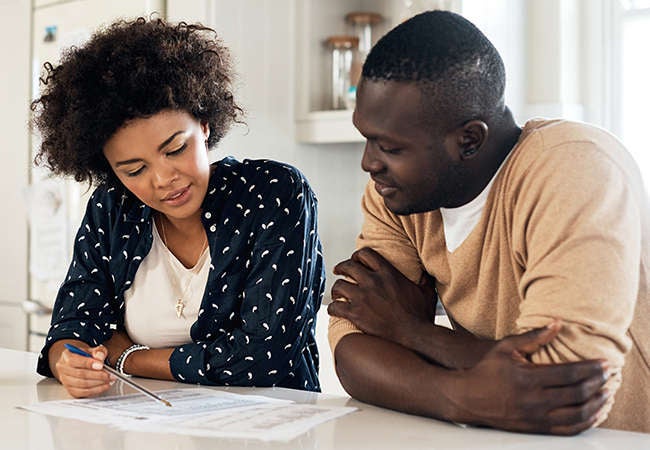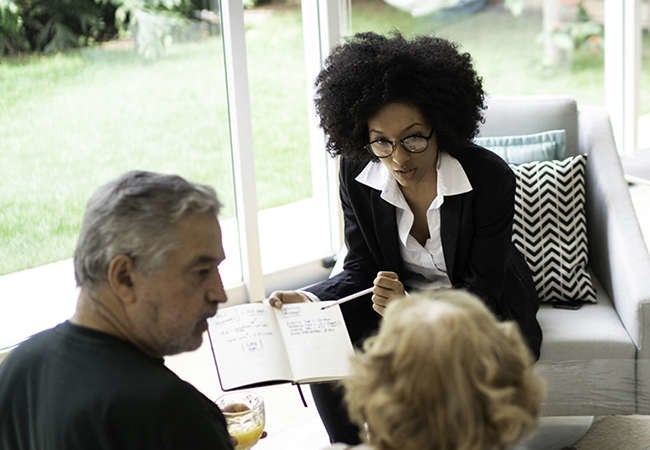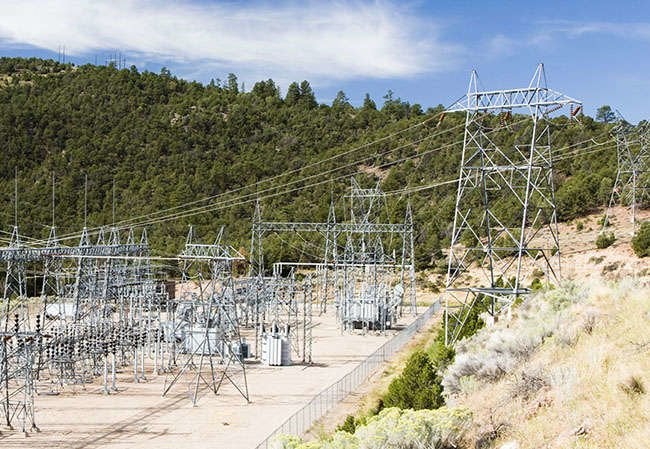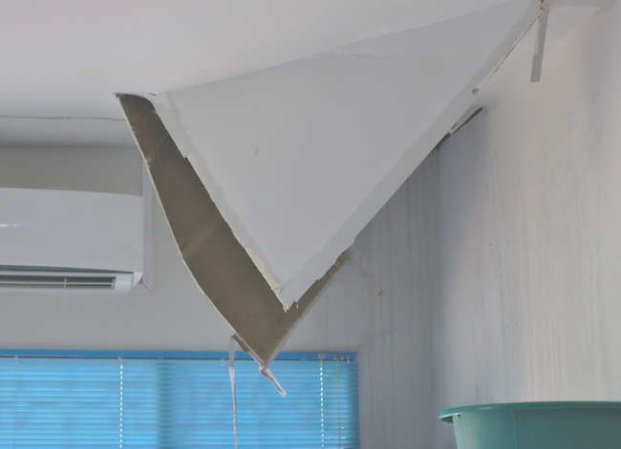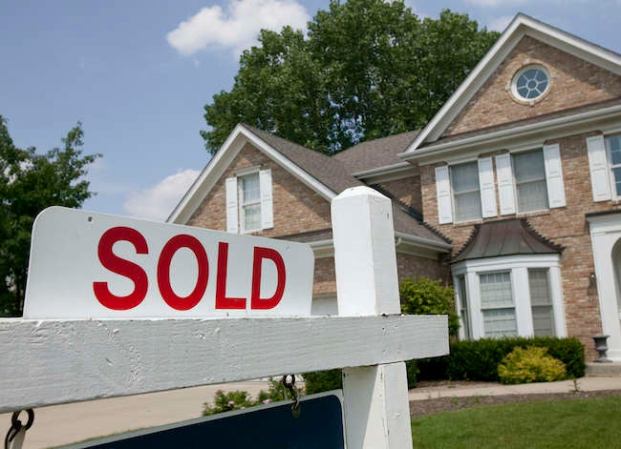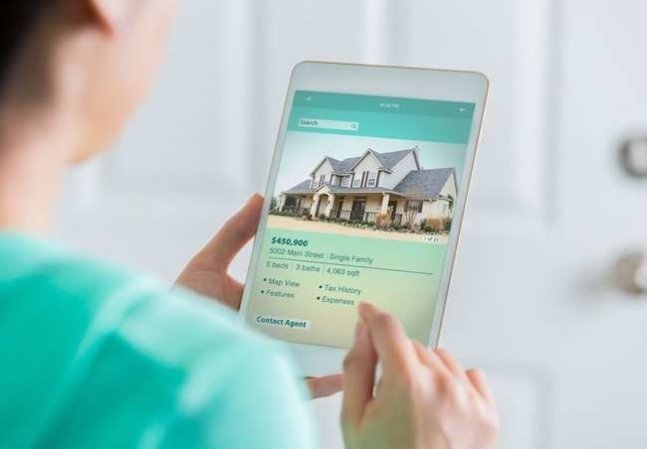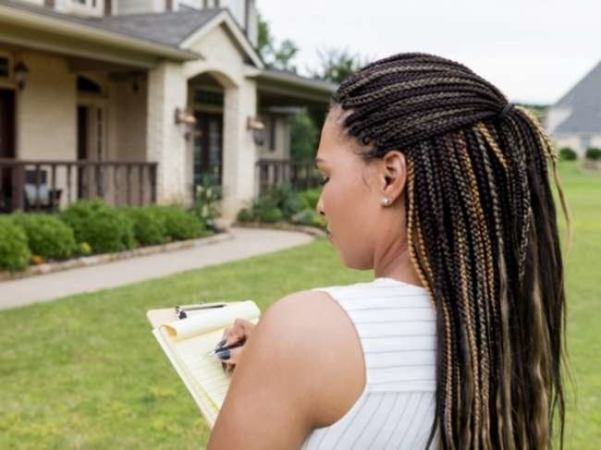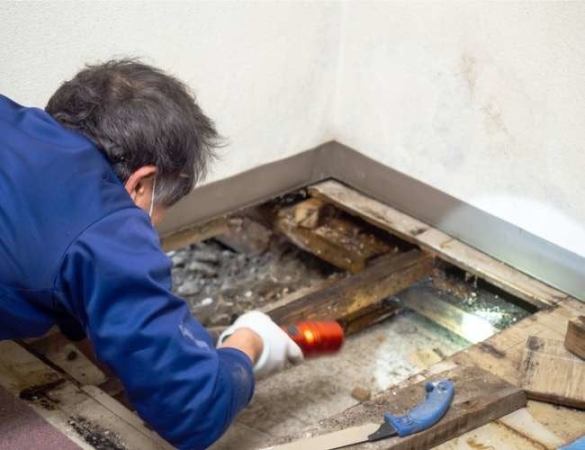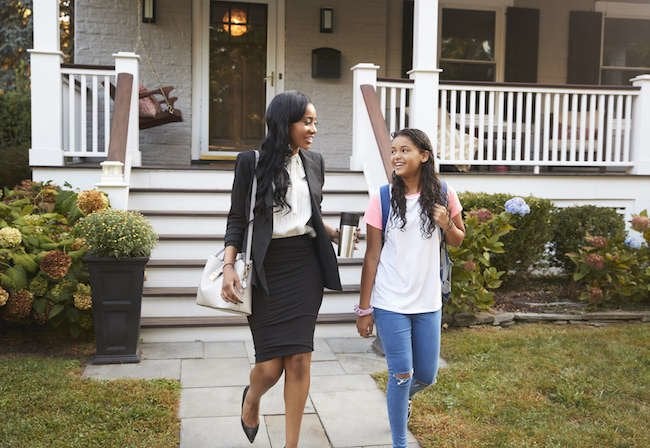We may earn revenue from the products available on this page and participate in affiliate programs. Learn More ›
Home Buying Trends
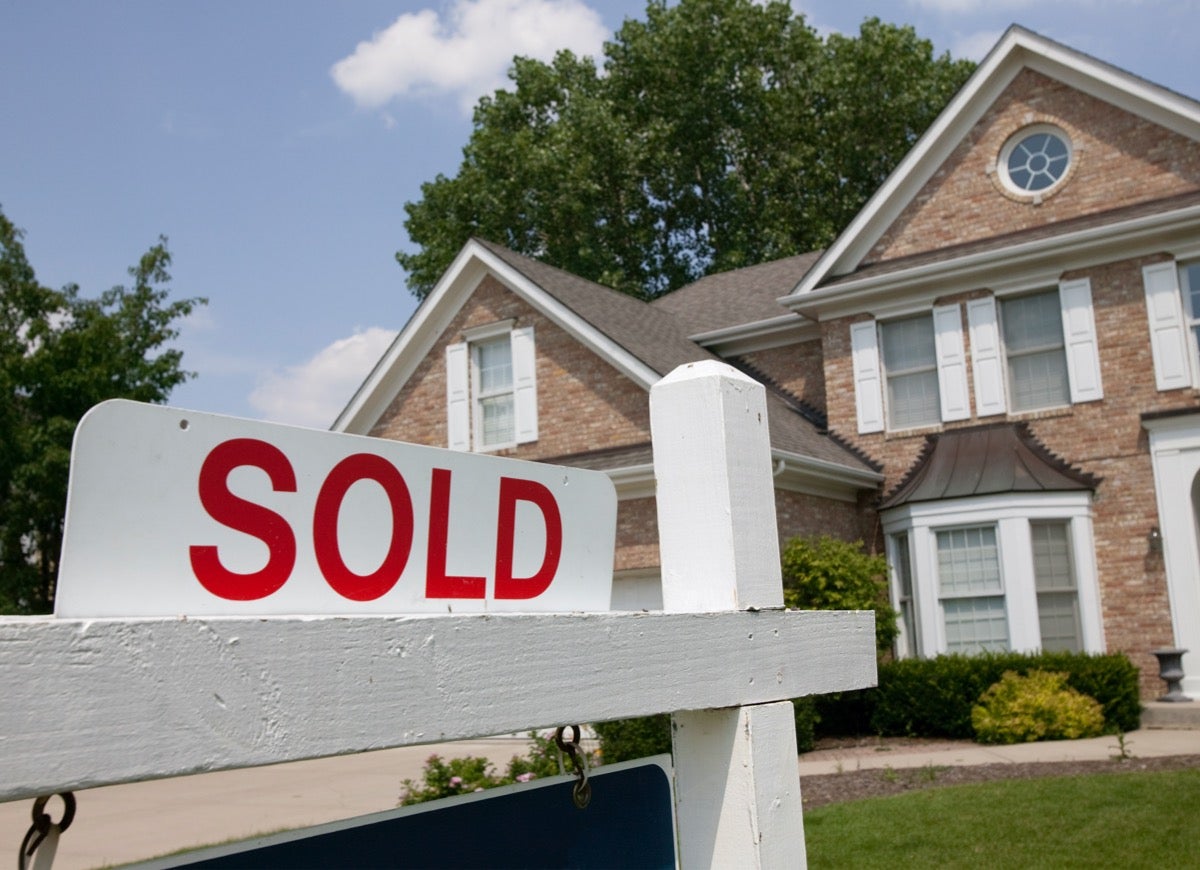
The pandemic has changed our lives in countless ways. One unexpected consequence of this tumultuous year is that more people than ever are purchasing homes sight unseen. According to a Redfin survey, between May and June 2020 nearly half of home buyers—45 percent—made an offer on a home without first seeing it in person. That’s compared with just 28 percent during the same period in 2019.
Buying a home is the most significant purchase most of us will ever make, so if you’re forced to shop for a home remotely, be sure to avoid these common mistakes.
Not Doing Your Homework
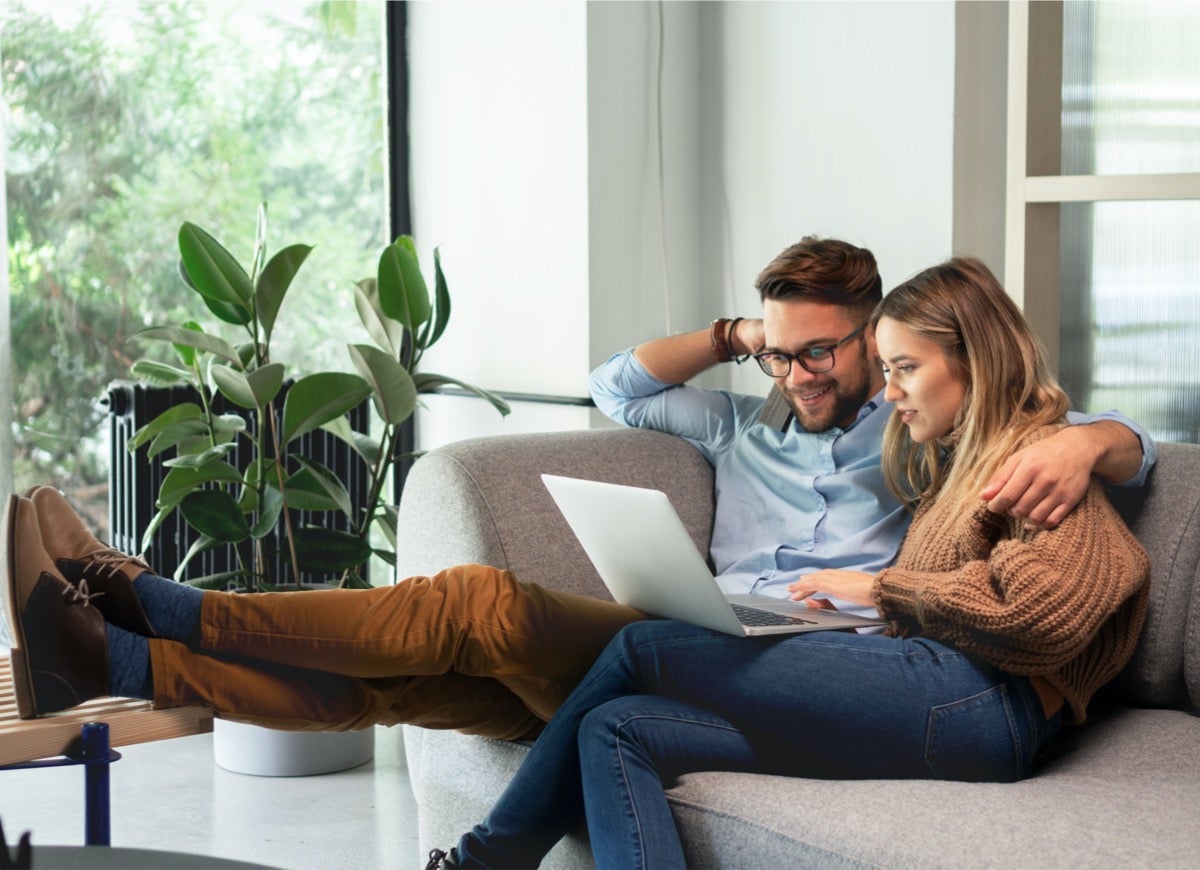
Buying a new home always requires a major investment of time and energy. When buying a home sight unseen, however, you have to do even more research to ensure you’re well informed about the real estate market, the neighborhood you’re considering, and state-specific laws. Luckily, plenty of information is available online, but you should also enlist the help of friends, family, or real estate professionals in the area to round out your research.
Choosing the Wrong Real Estate Agent
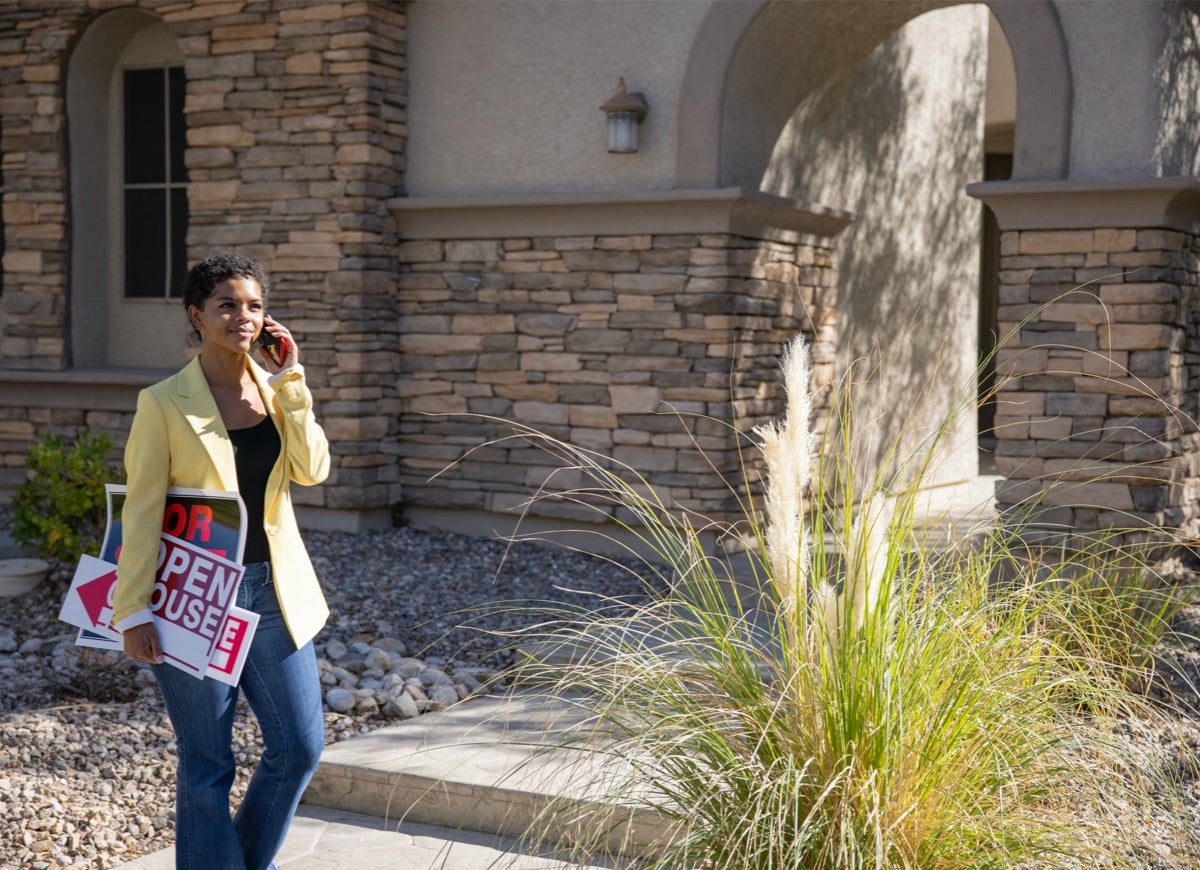
Assembling a team of trusted professionals who will truly advocate for you is the essential first step when you’re attempting to buy a house without seeing it first. Pick a well-respected real estate agent who understands what you’re looking for and with whom you feel comfortable. It’s important to have someone with your interests at heart who is willing to go the extra mile to make your home buying process run smoothly.
Related: Why Choosing the Right Real Estate Agent Really Matters
Not Going to Open Houses

Even if you’re shopping for a house on the other side of the country, it can still be useful to go to open houses in your own area. By doing this, you can get a feel for what you’re looking for in terms of size, layout, finishes, and the surrounding neighborhood. Seeing houses in person will prompt you to think of good questions to ask on your virtual visits and help you refine your list of must-haves.
Relying on Photos Alone
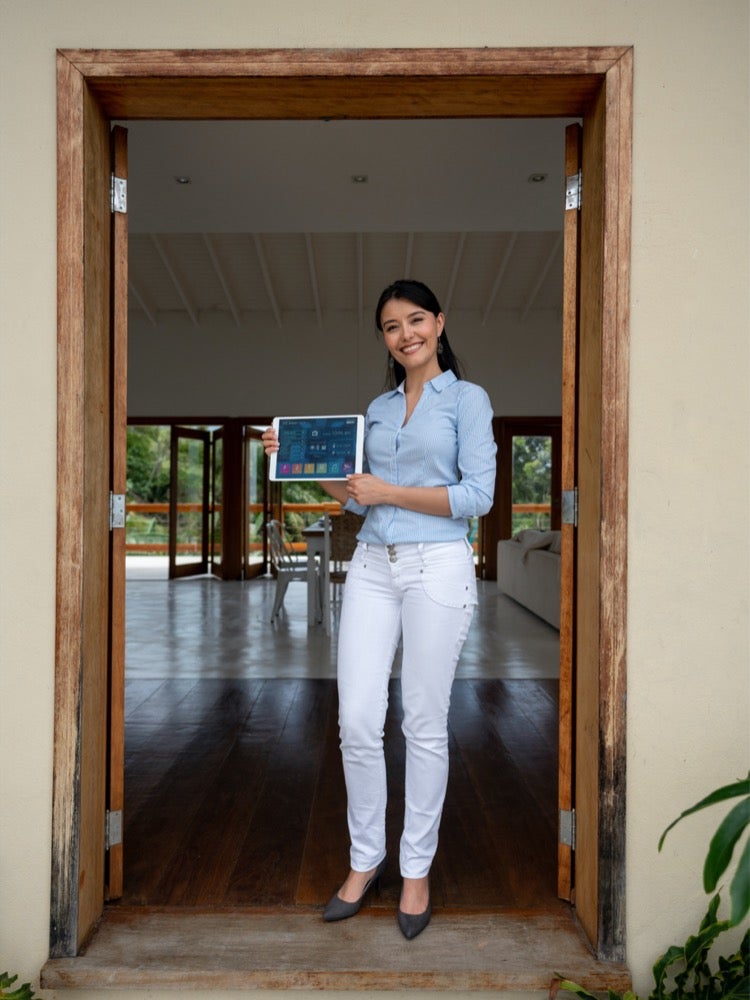
Real estate photos are shot and edited to present a home at its best, so they may not offer the most accurate depiction of the house you’re considering. While many listings these days provide virtual 3-D tours, those also tend to highlight a home’s most desirable features. Ask your real estate agent if she’s willing to do a virtual walk-through with you so you can explore every nook and cranny of the house through the magic of video-call technology.
Not Asking the Right Questions
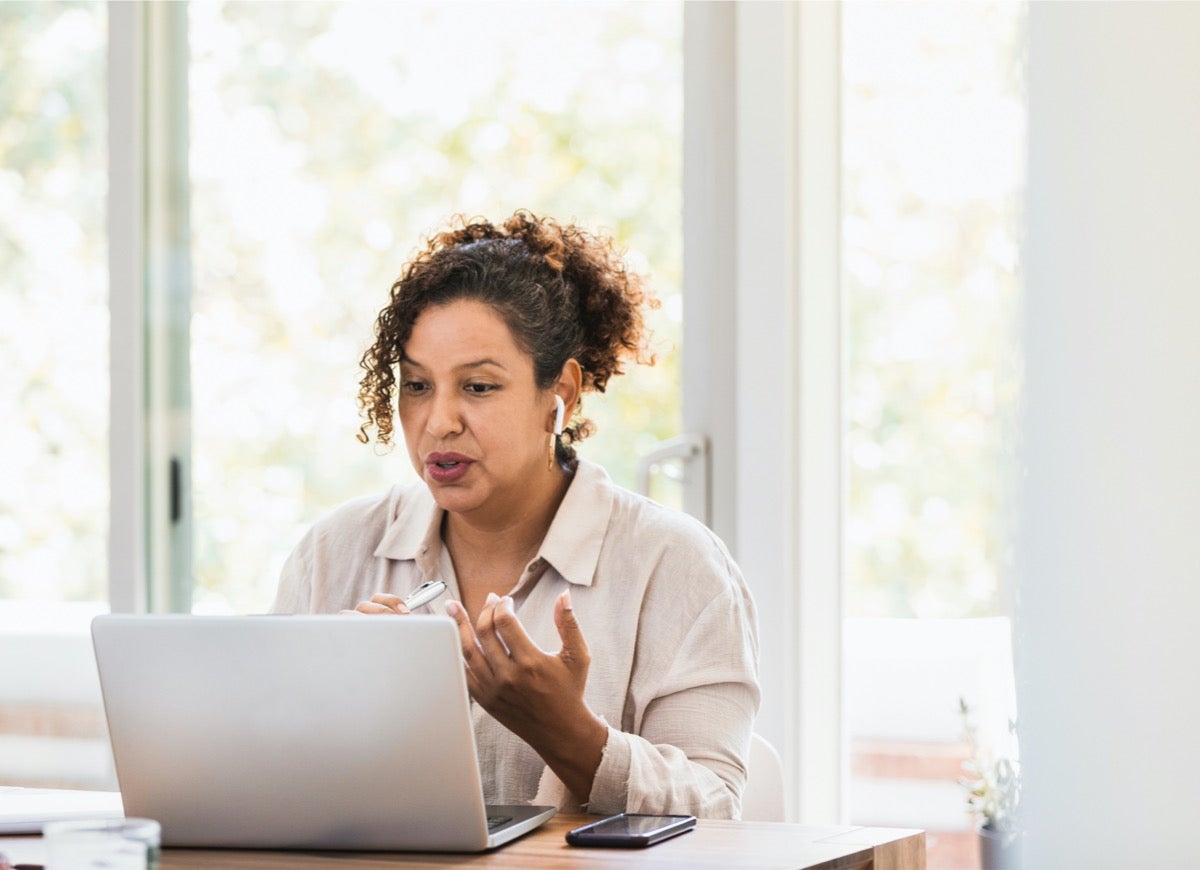
When you visit a house in person, you use all of your senses—and sight isn’t the only one that matters. Is there a lingering smell of cigarette smoke? Does one room feel particularly drafty? Can you hear traffic from a busy road nearby? Does the kitchen window look directly into the neighbor’s living room? Be sure to ask your real estate agent to paint a detailed picture of what he sees, hears, and smells as he walks through the house so you can feel as though you’re experiencing it for yourself.
Not Taking Advantage of Google Maps
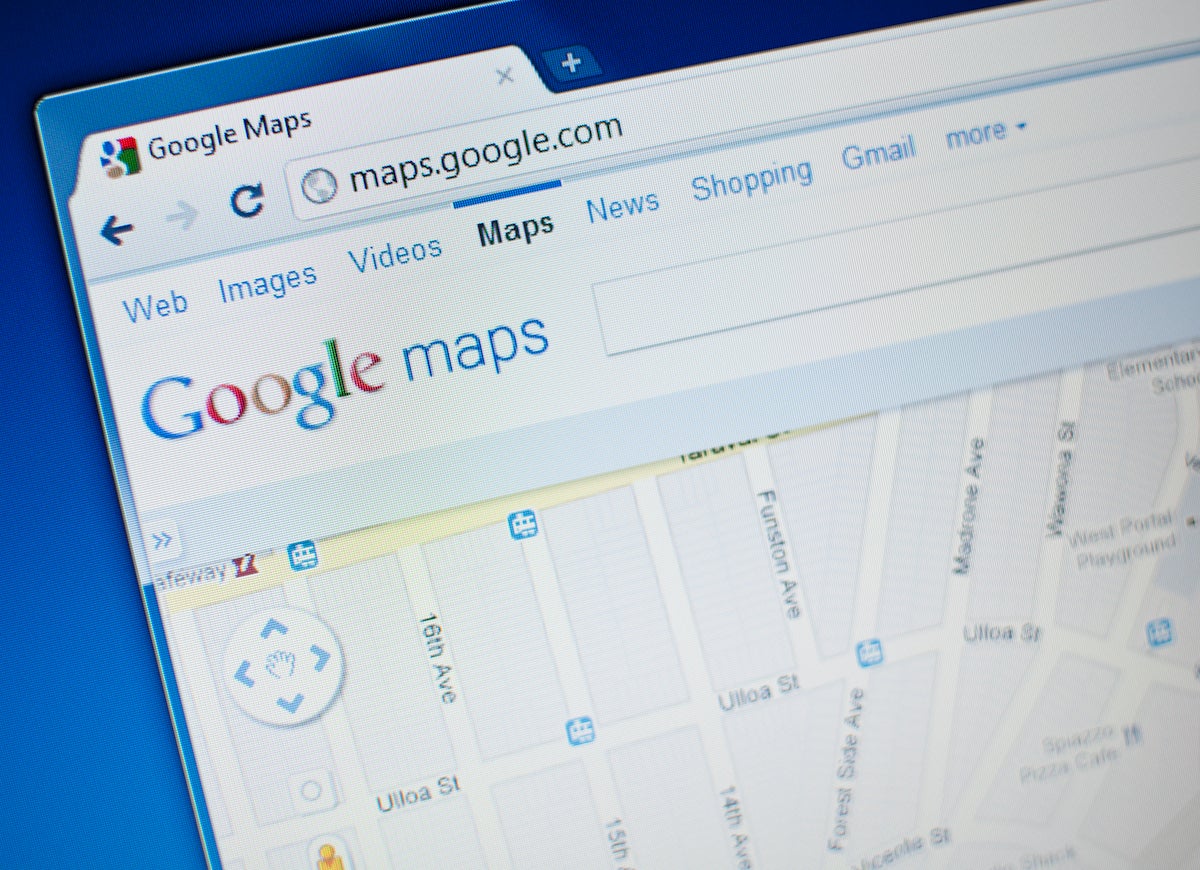
When you go to an open house, you get the full experience of driving through your potential new neighborhood to get there. Unfortunately, when shopping for a home remotely, you see only photos of the house and its property. That’s where Google Maps comes in. With their Street View tool, you can explore the neighborhood, checking out what the neighbors’ houses and lawns look like and scoping out green spaces in the area.
Not Requesting a Floor Plan
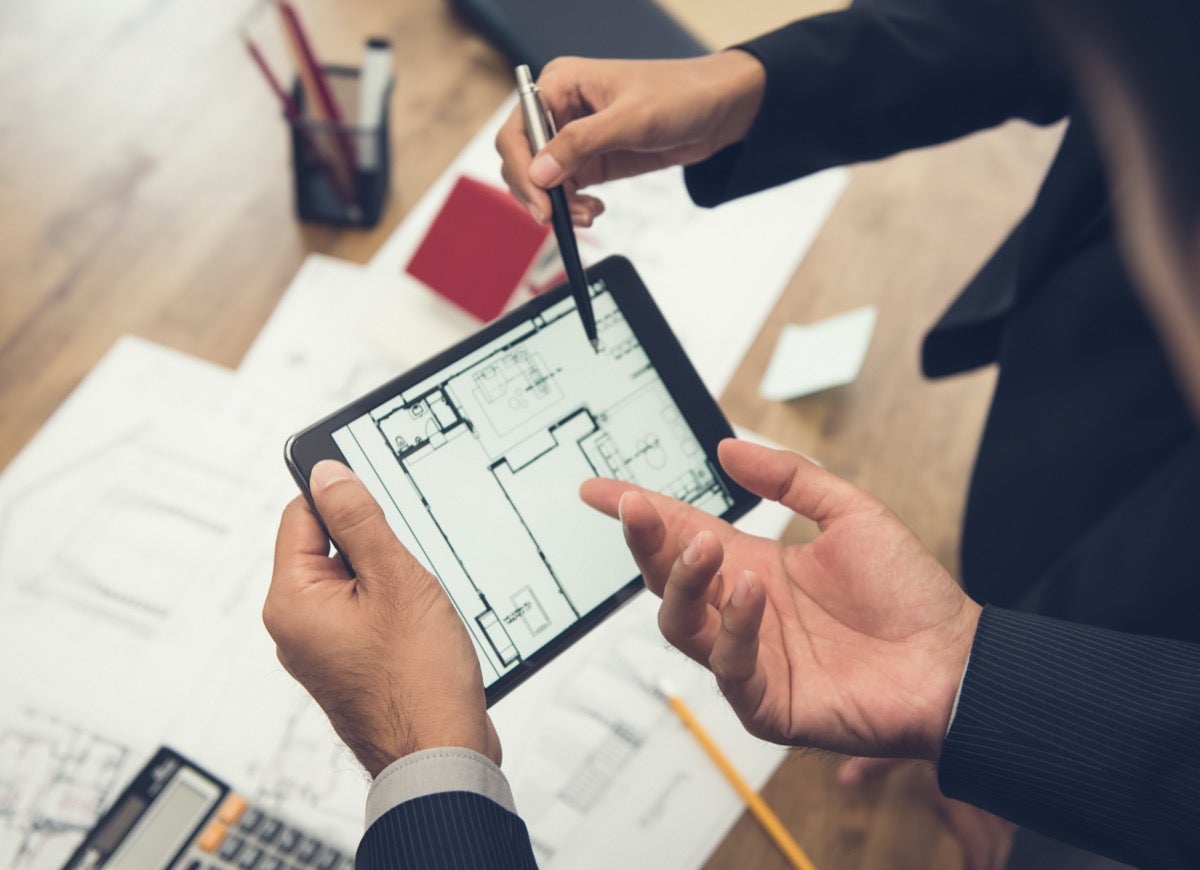
While a real estate listing typically provides both photos and room dimensions, it can be difficult to understand the layout of a home without visiting it yourself. Ask your real estate agent if she can sketch a floor plan for you or even provide blueprints so you can get a better sense of the home’s flow and layout.
Waiving Contingencies
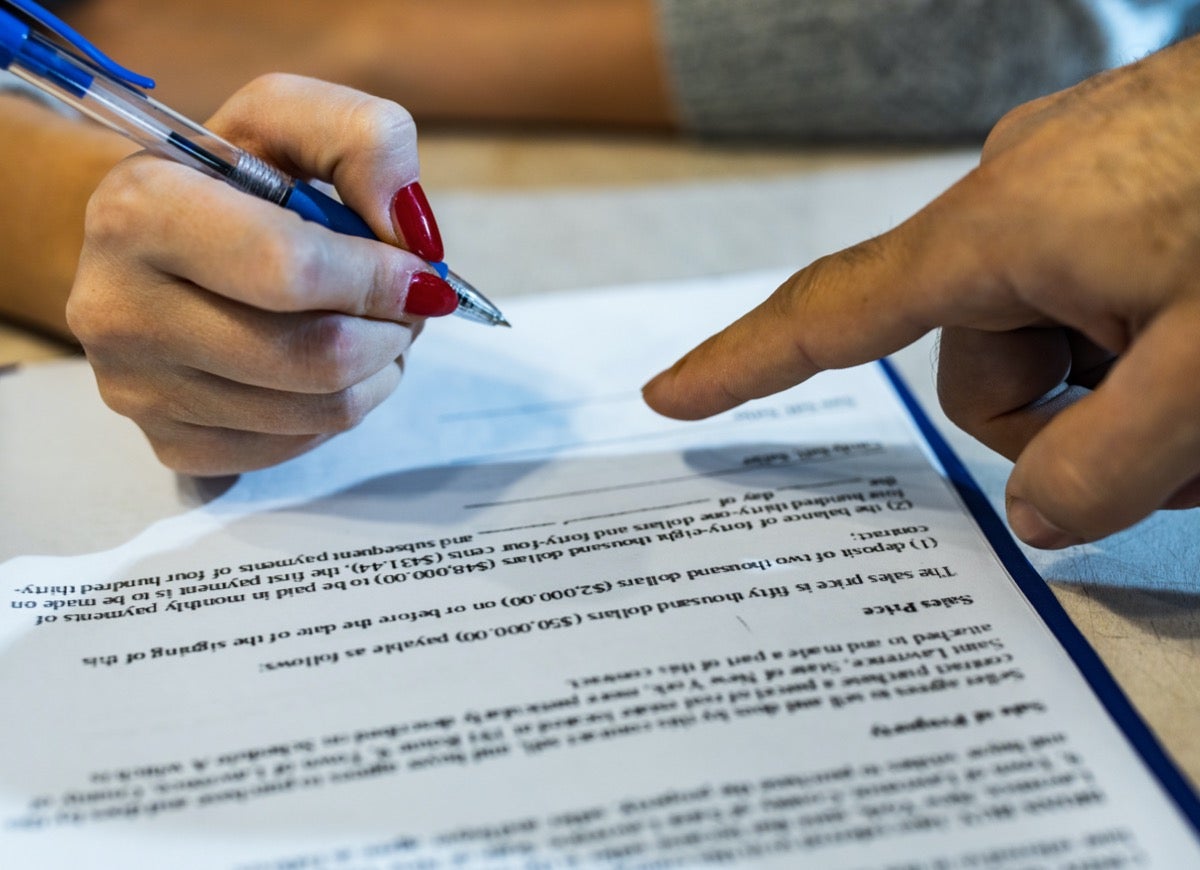
When you think you’ve found your dream home, it can be tempting to waive contingencies in order to make your offer as enticing as possible to the sellers. Keep in mind, however, that many contingencies are put in place to protect the buyer. Ensure that there’s a contingency for a home inspection and consider adding a walk-through contingency so you can see the home for yourself before the sale is finalized.
Picking the Wrong Home Inspector
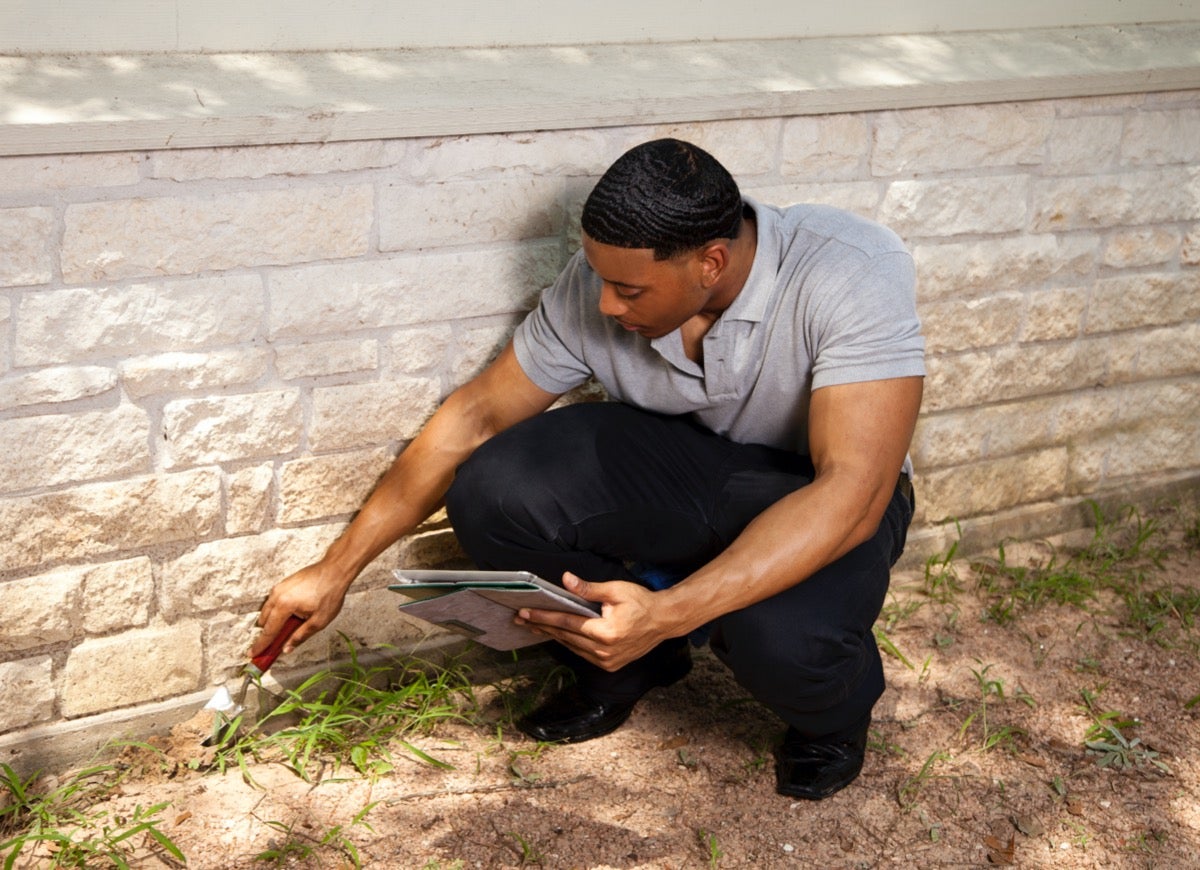
Especially if you can’t visit a house yourself, a home inspector can be a valuable ally in the home buying process, serving as your eyes on the ground and alerting you to any red flags. Ideally, use word of mouth to get a personal recommendation for a well-respected home inspector. If you don’t have any contacts in your new city or area, make sure to choose a professional who has plenty of positive reviews online. Don’t be afraid to spend a little more to hire someone with great experience and glowing references. It’ll pay off in the long run.
Having Unrealistic Expectations
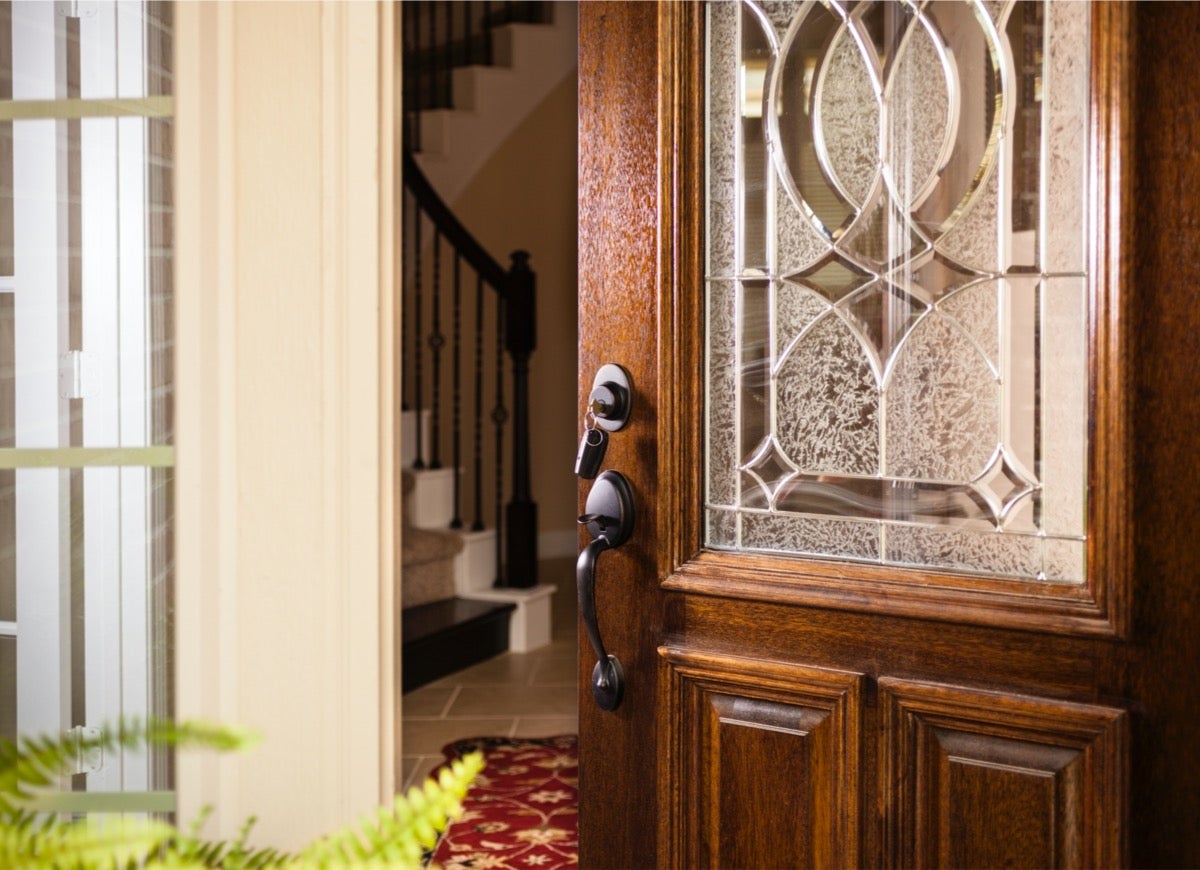
No matter how much research and planning you do, you will inevitably encounter roadblocks and challenges when buying a house sight unseen. Know that when you do finally get to see your new house in person, there will be some surprises. No matter the circumstances, buying a house is a complicated process, and it’s important to be prepared for unexpected obstacles to crop up along the way.

